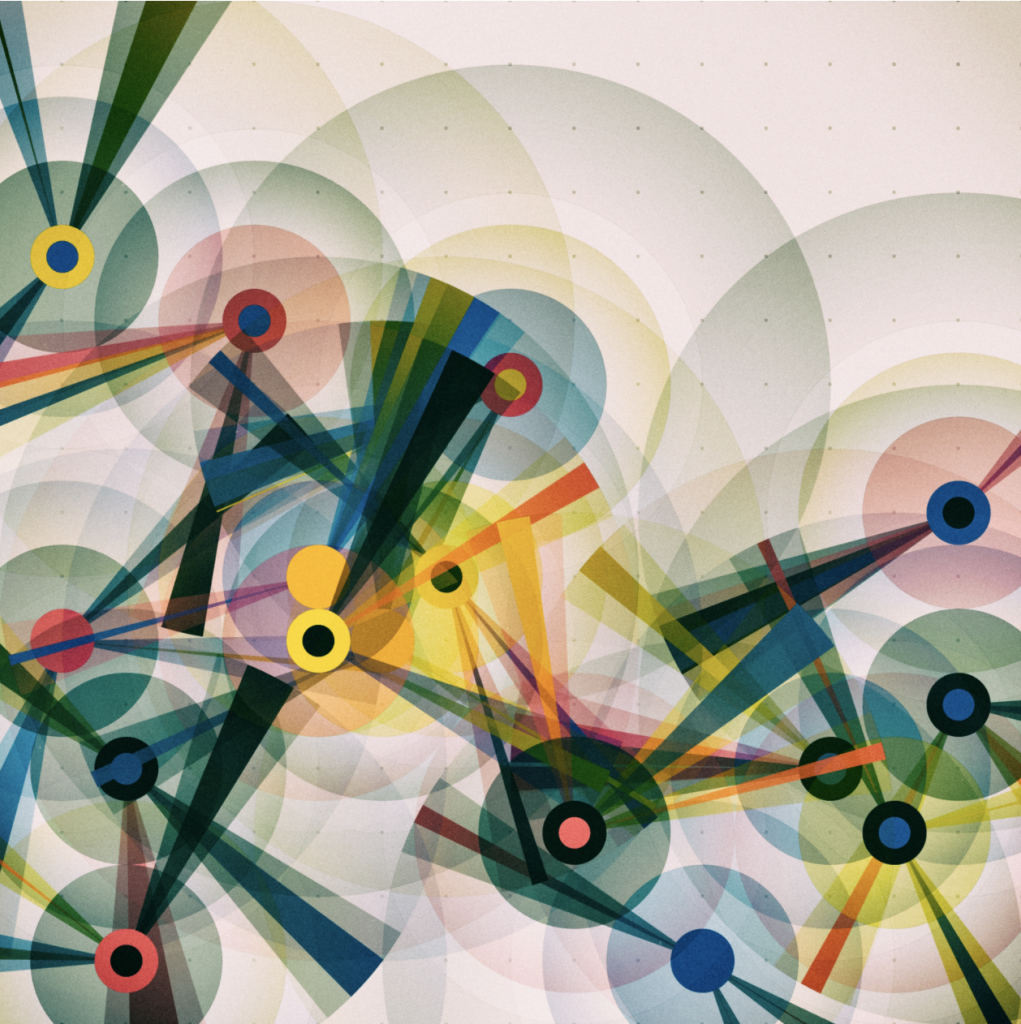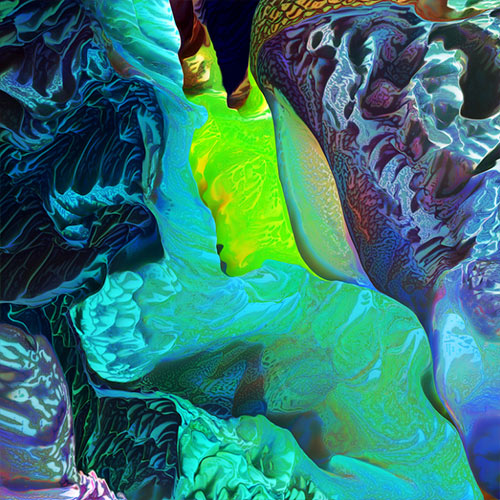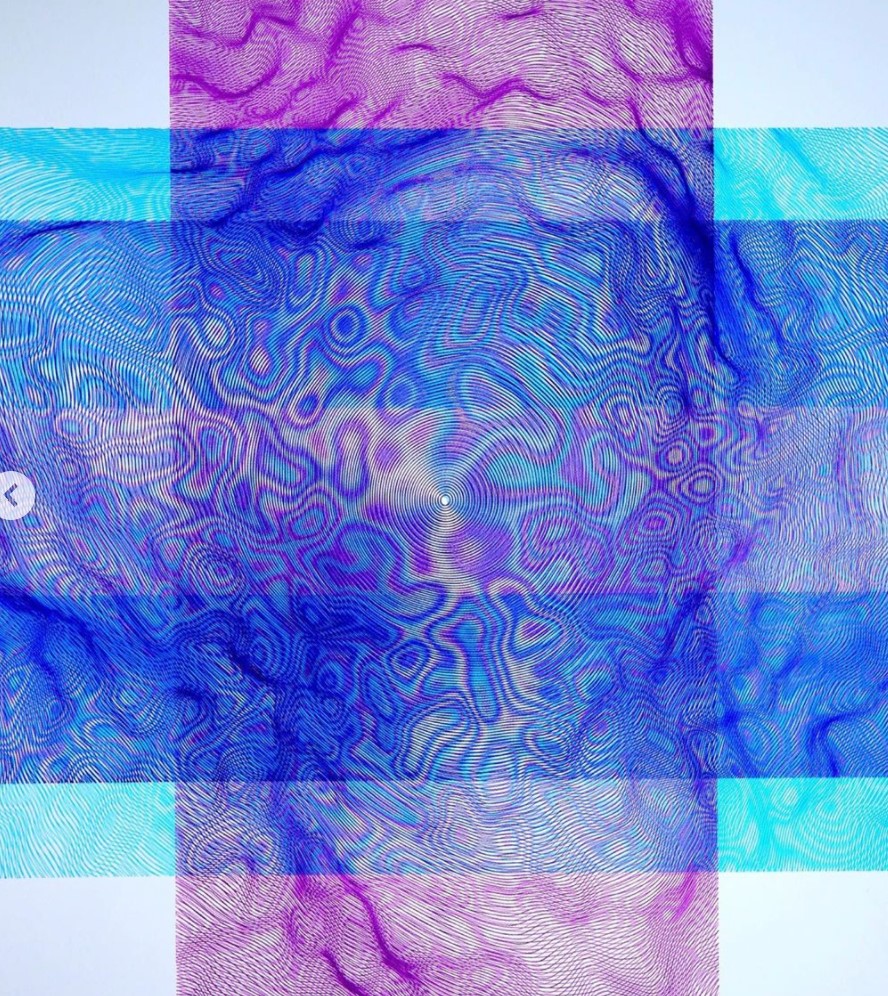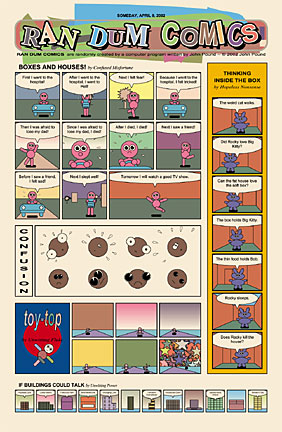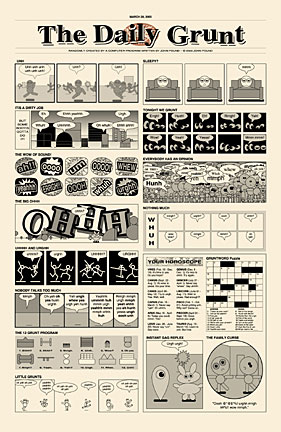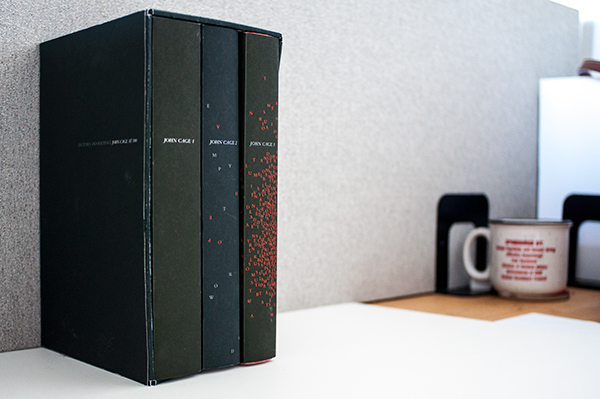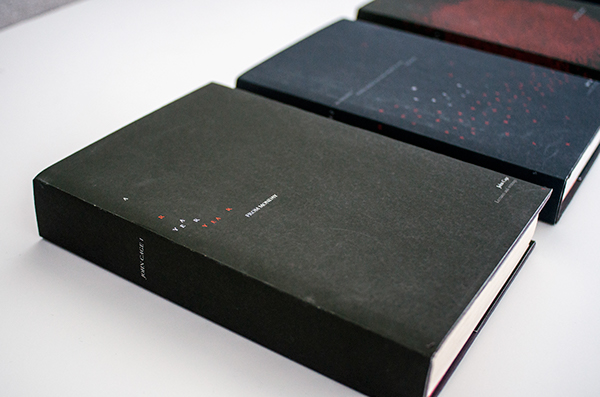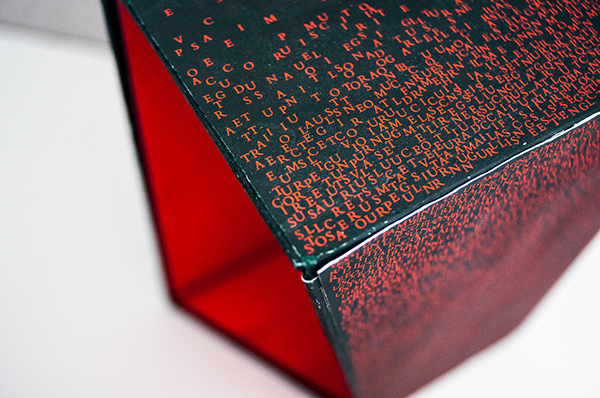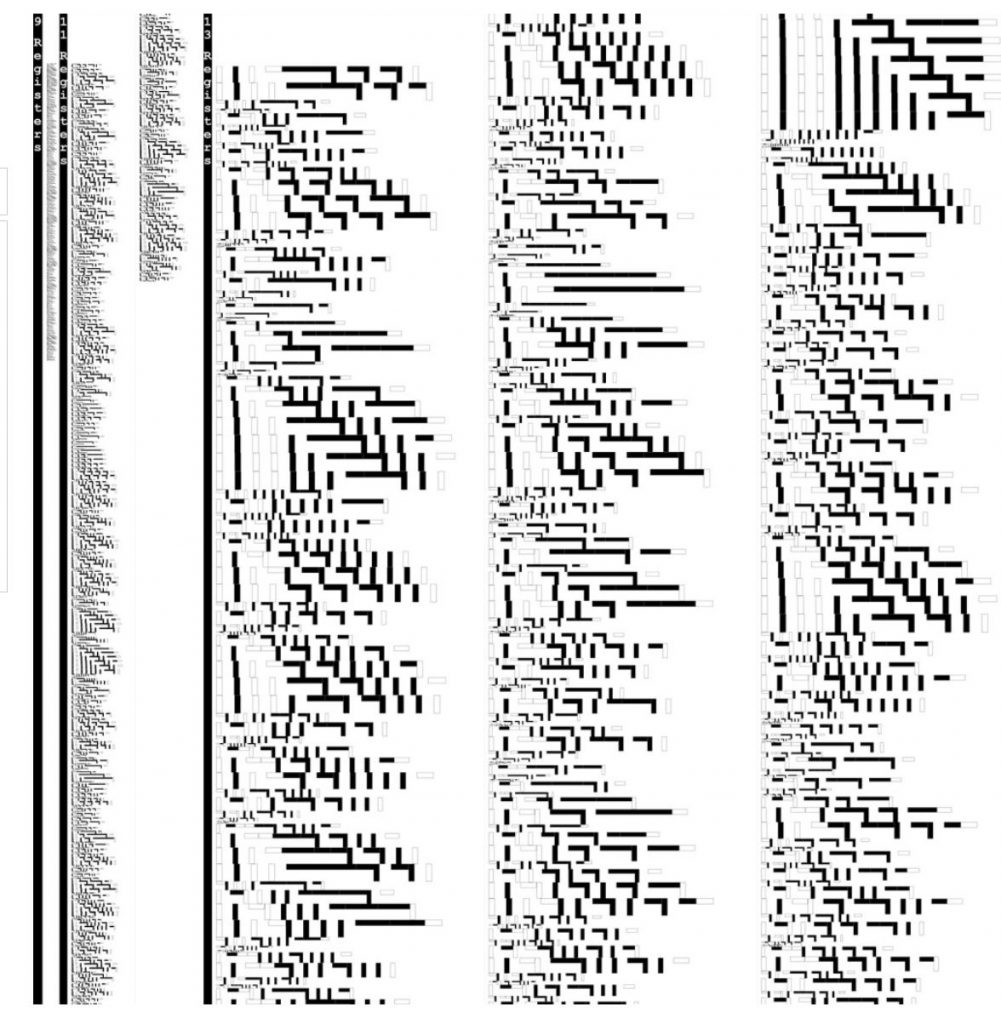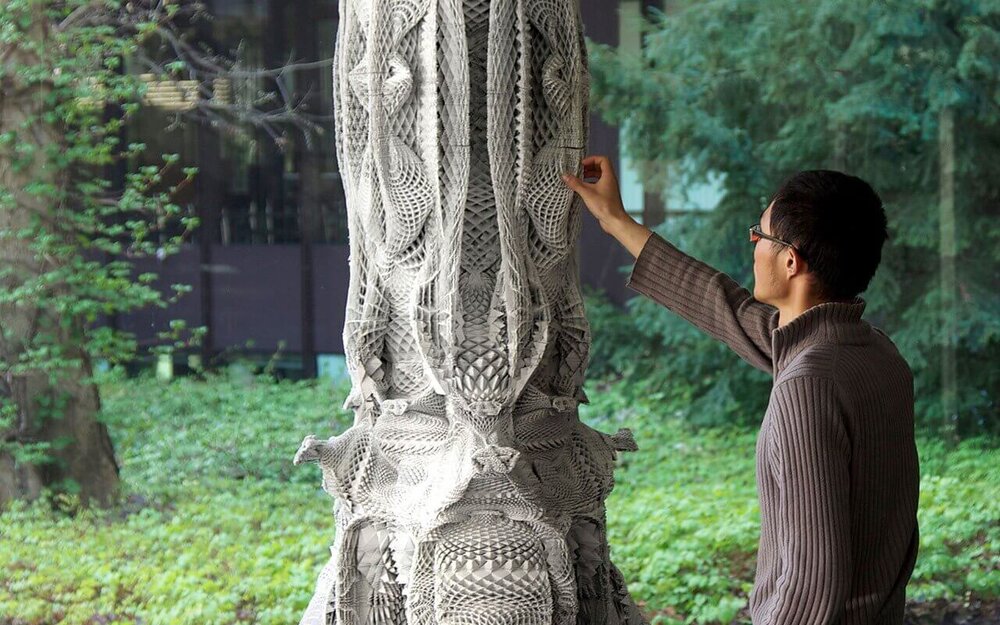
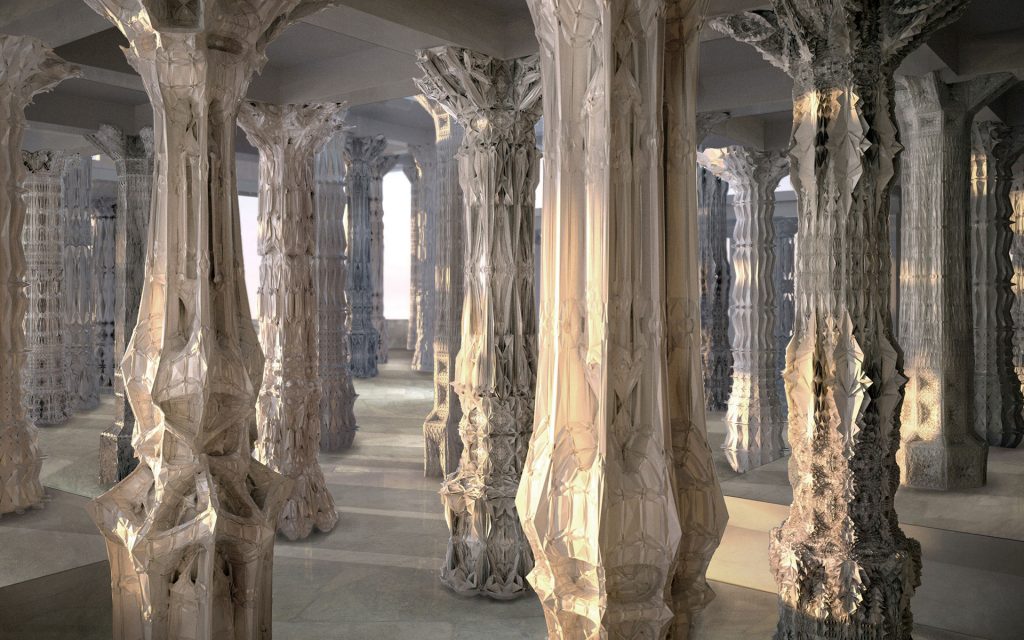
I really like the columns designed by Michael Hansmeyer. He is an architect which is what compelled him to make these columns. I find it really interesting that he took a very simple architectural form and and embellished it through his generative design. He used Javascript to make each layer’s pattern for the column and cut them out with an industrial mill according to one source, but I could easily see these being laser cut. Each layer is made out of cardboard or graybeard and stacked on top of each other to build the final form. The randomness used for creating this design isn’t “super” random because the program used probably limits how narrow and wide it can get in general and how much each layer can vary from the last so that it can still produce a sturdy column. So even though they’re not completely random, I would say this is very impressive within the realm of architecture in which things are usually very precise that he was able to make pieces that not only were functional/would stand, but also looked very beautiful in a surprisingly precise way.
![[OLD FALL 2020] 15-104 • Introduction to Computing for Creative Practice](https://courses.ideate.cmu.edu/15-104/f2020/wp-content/uploads/2021/09/stop-banner.png)
